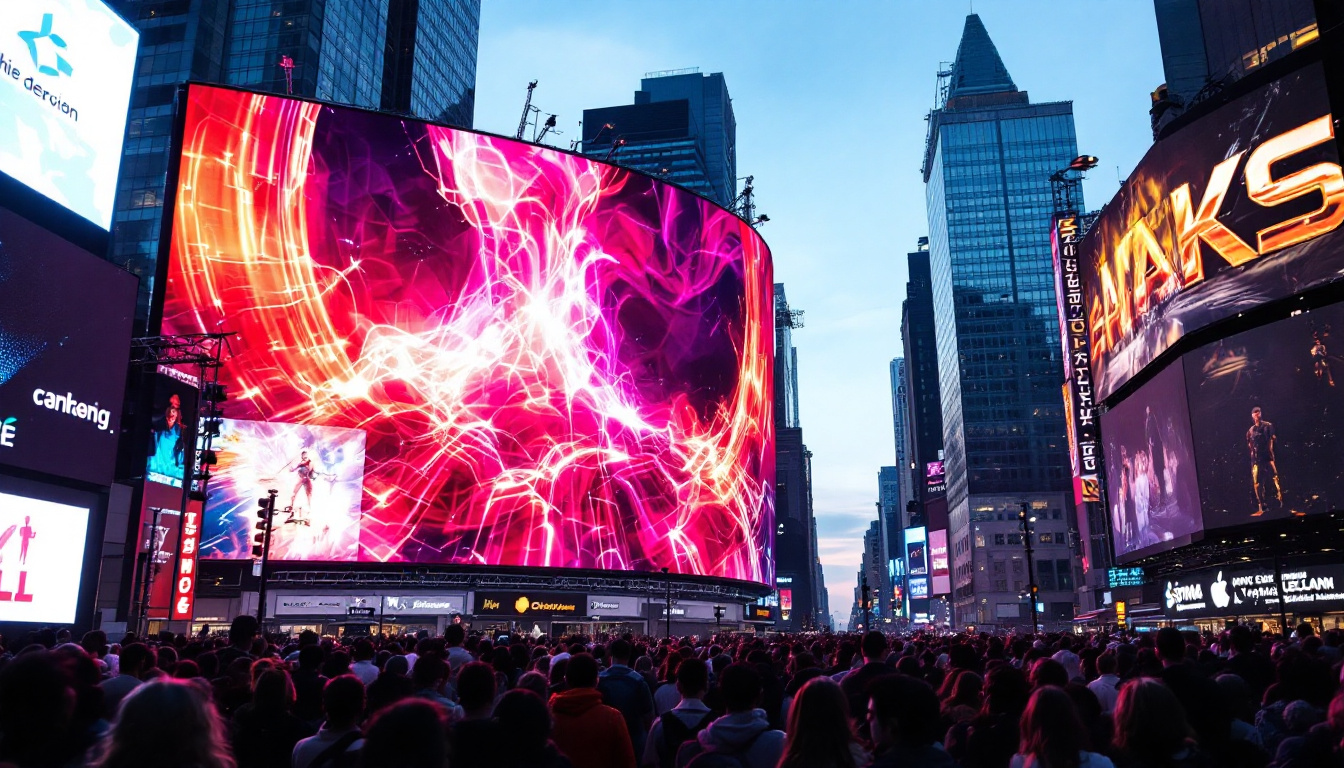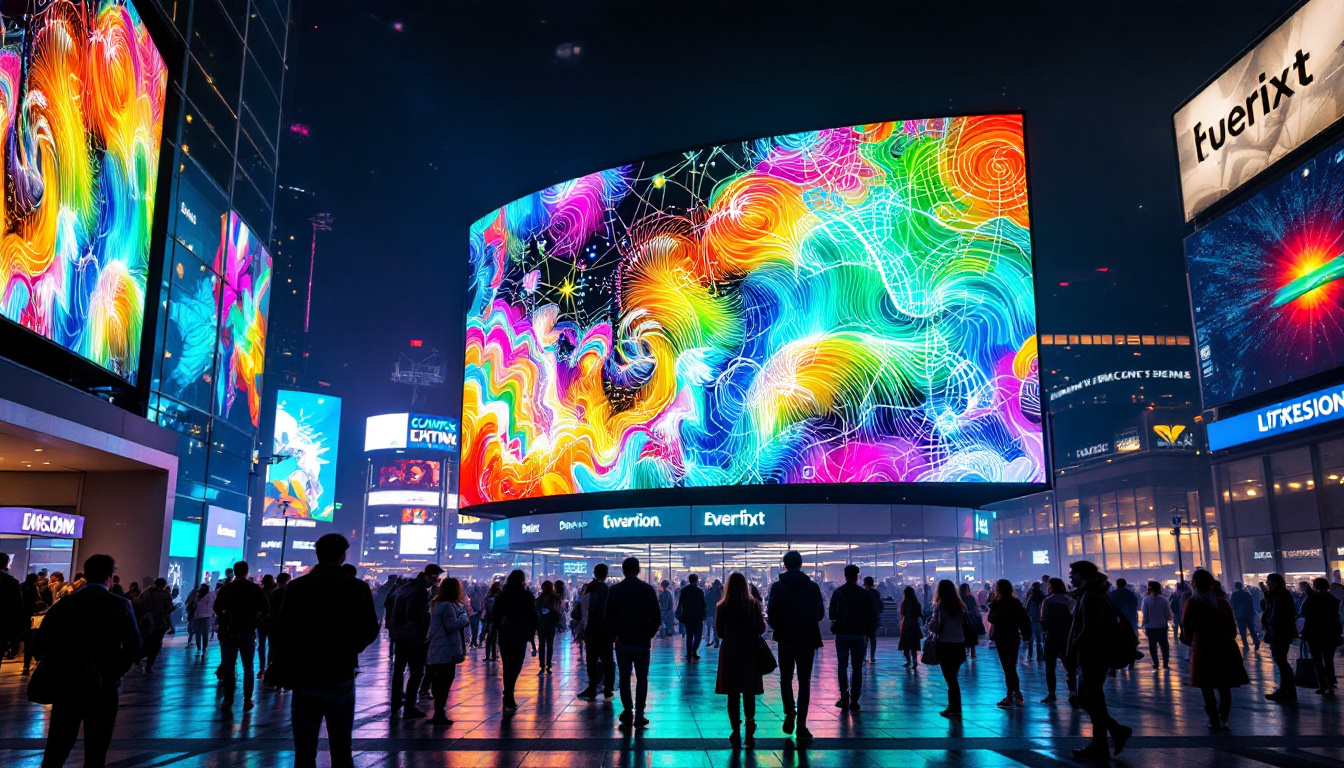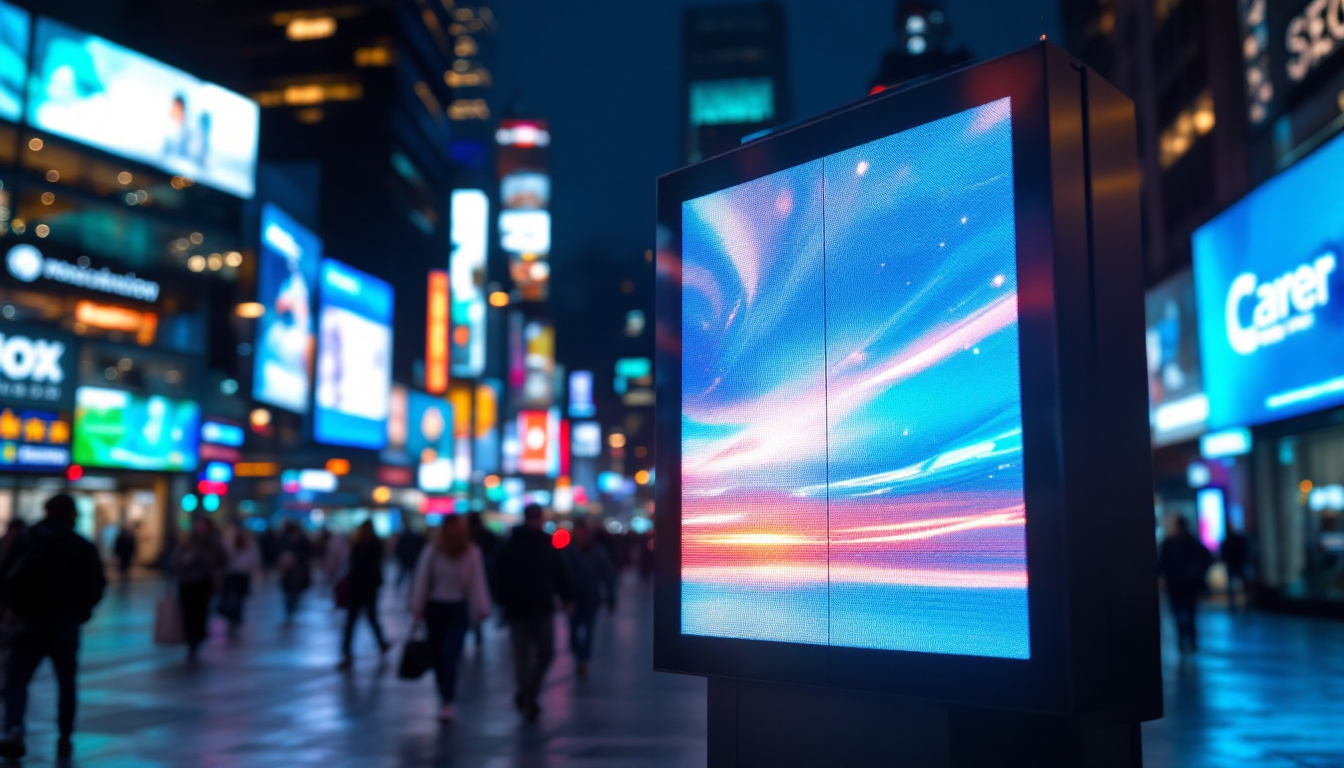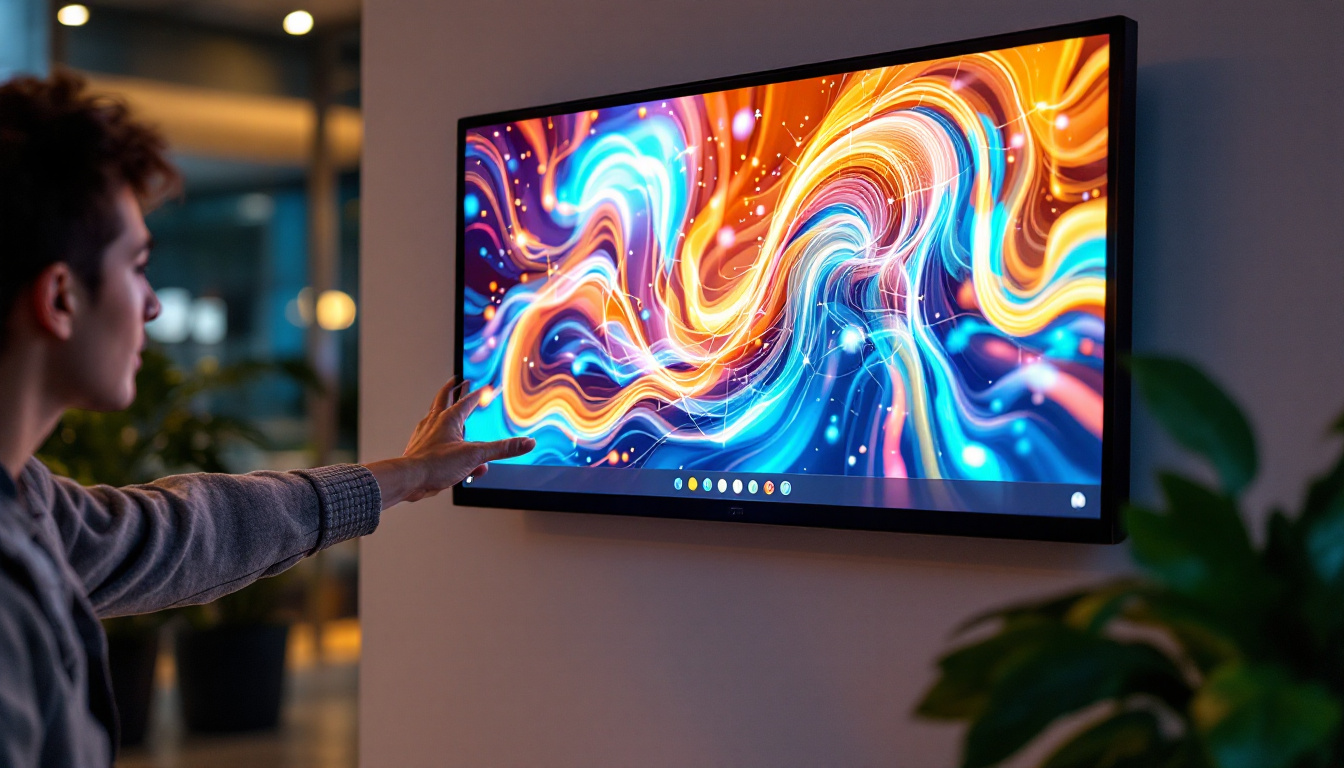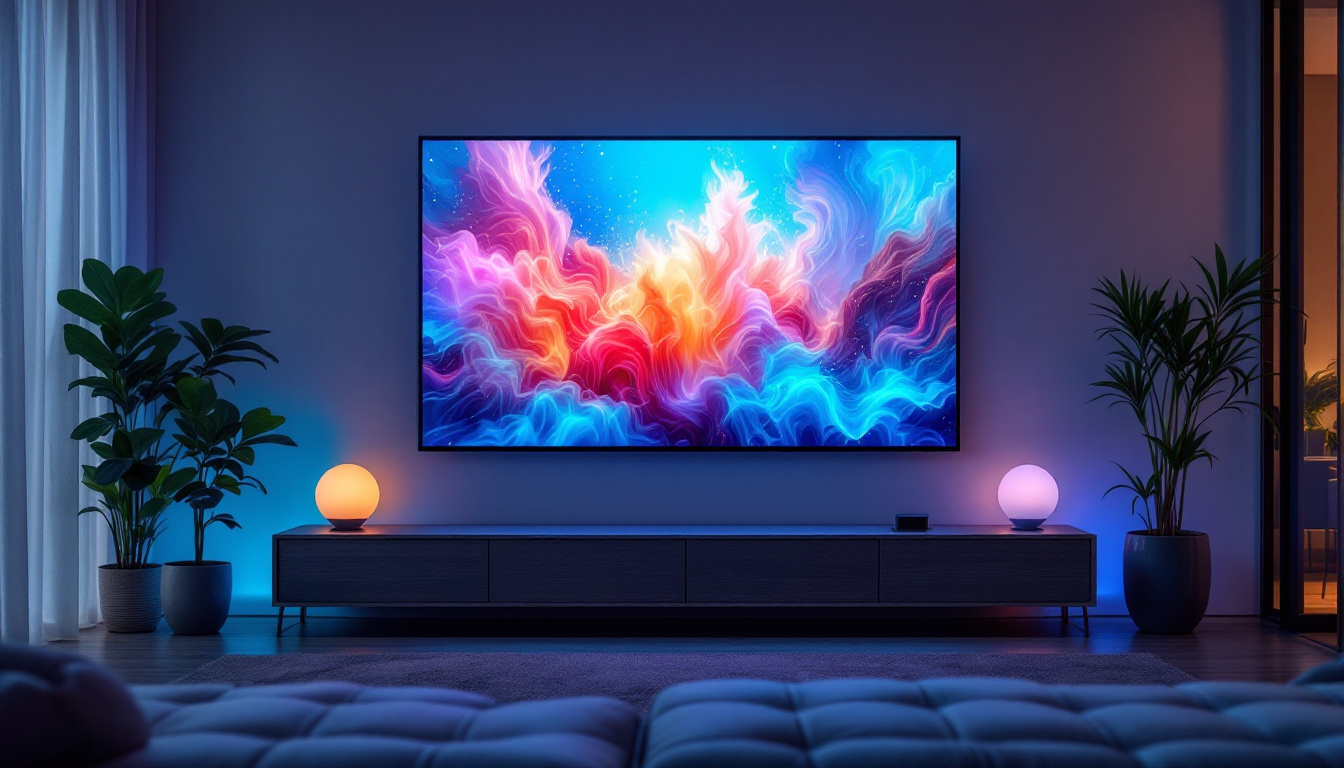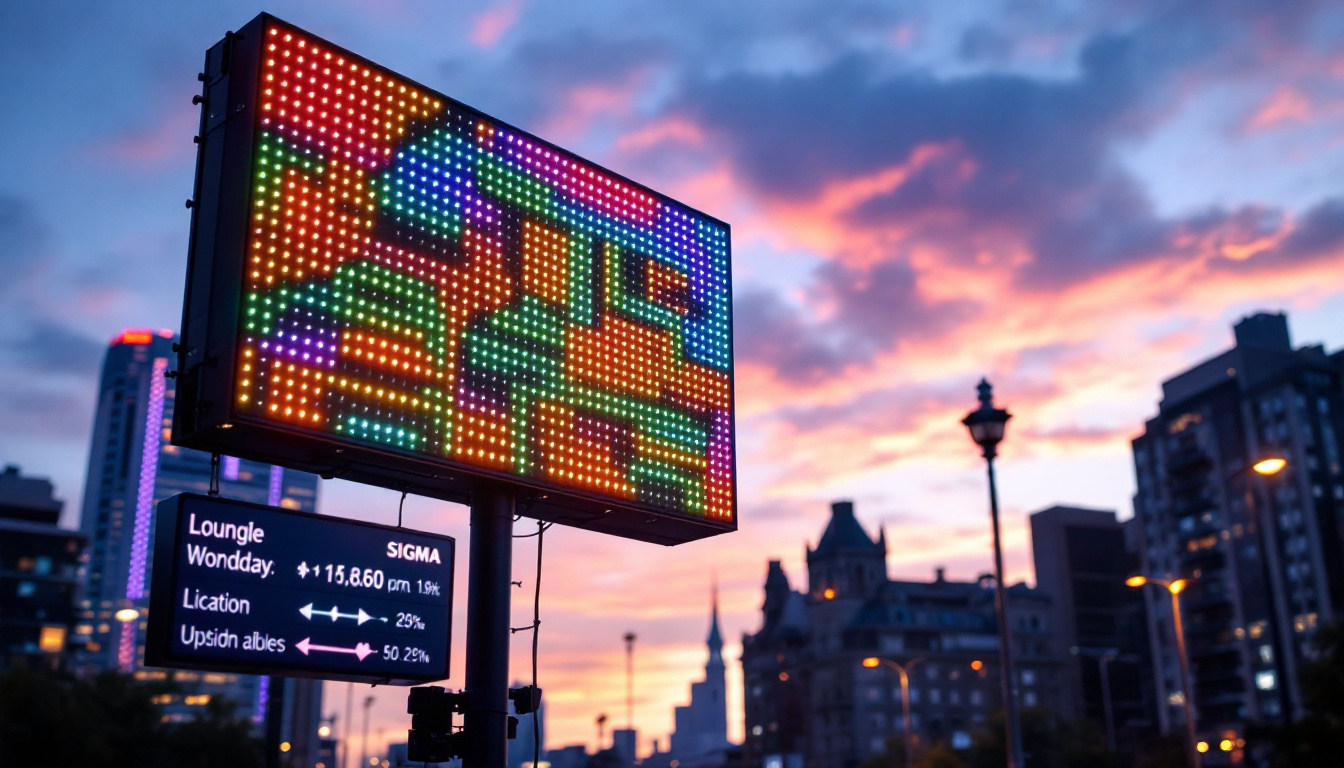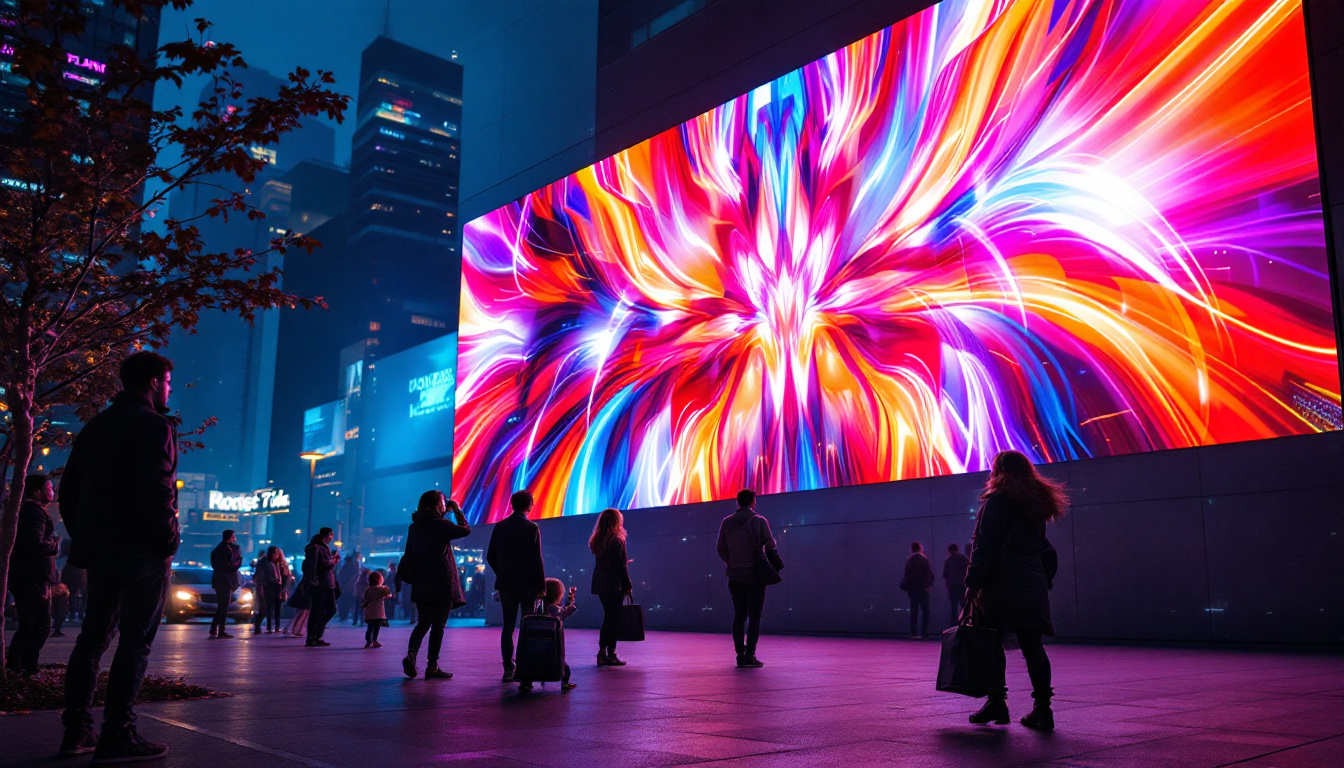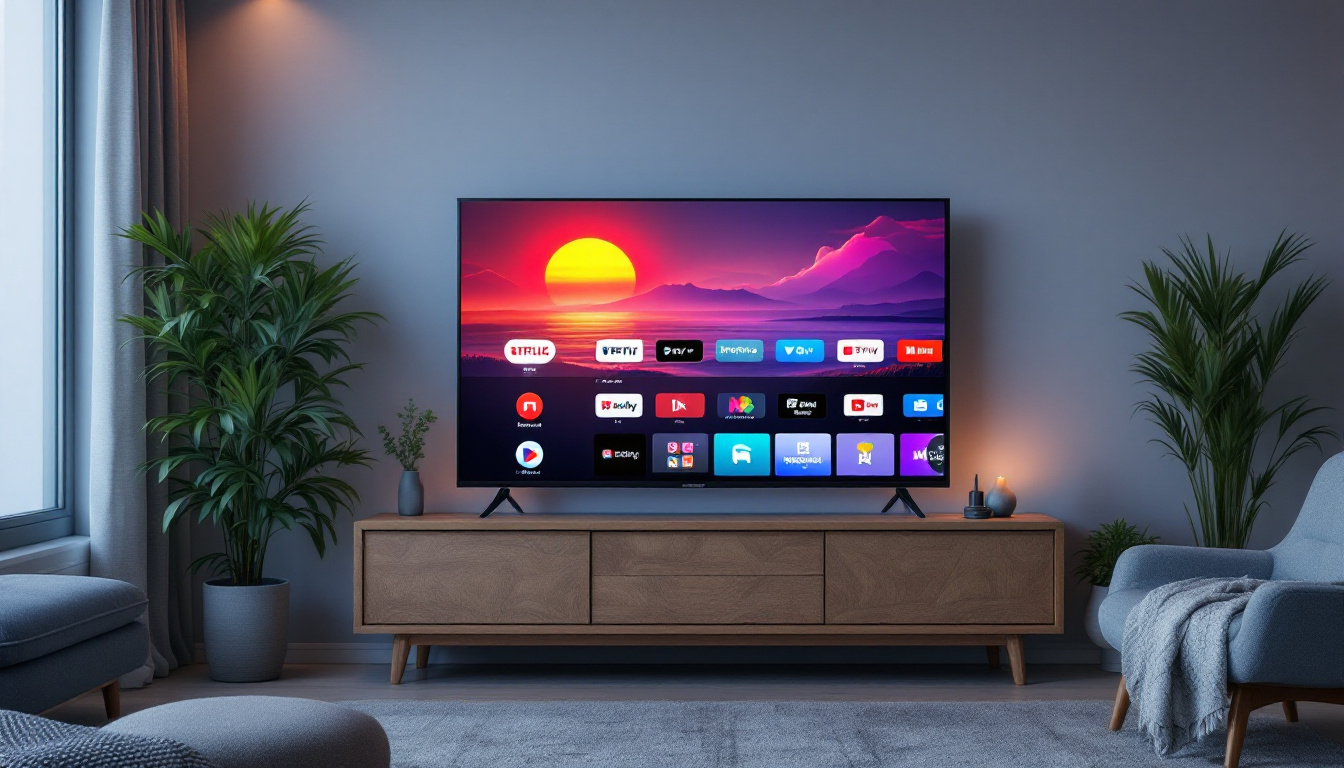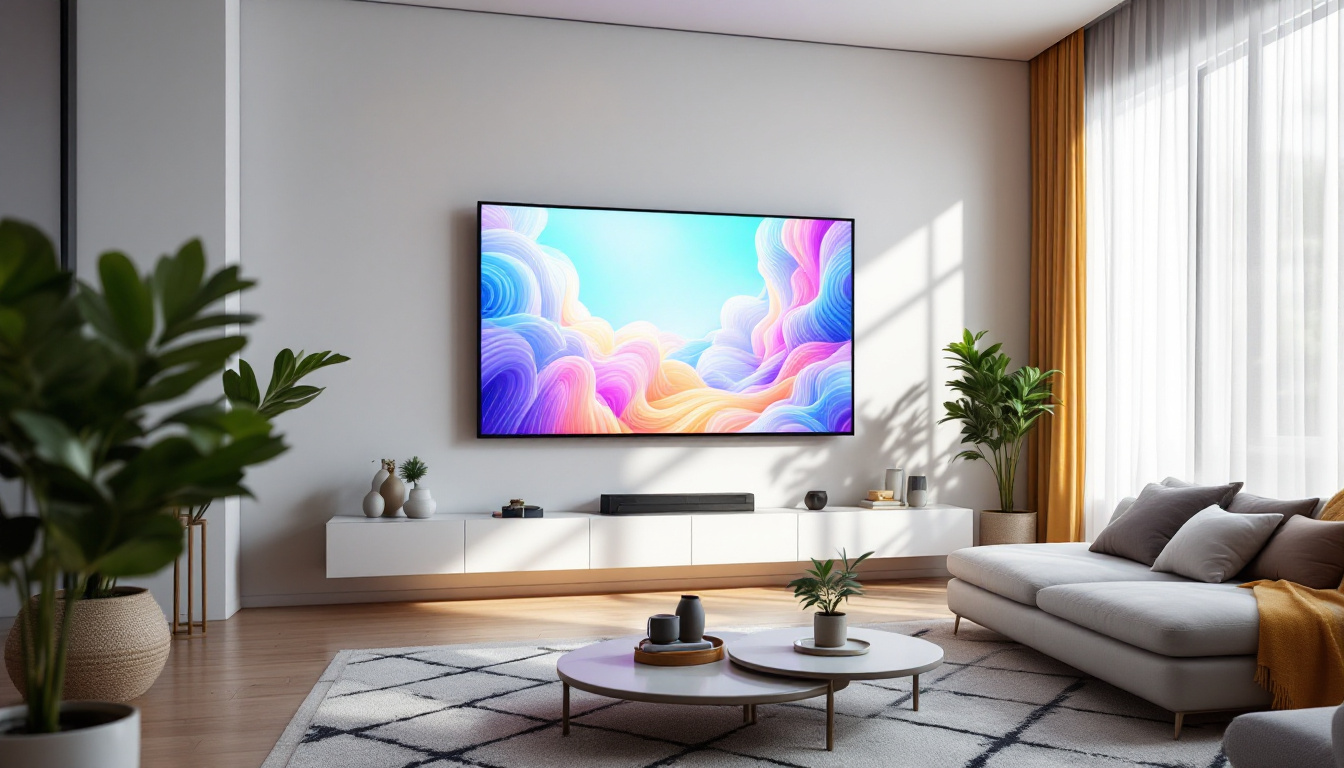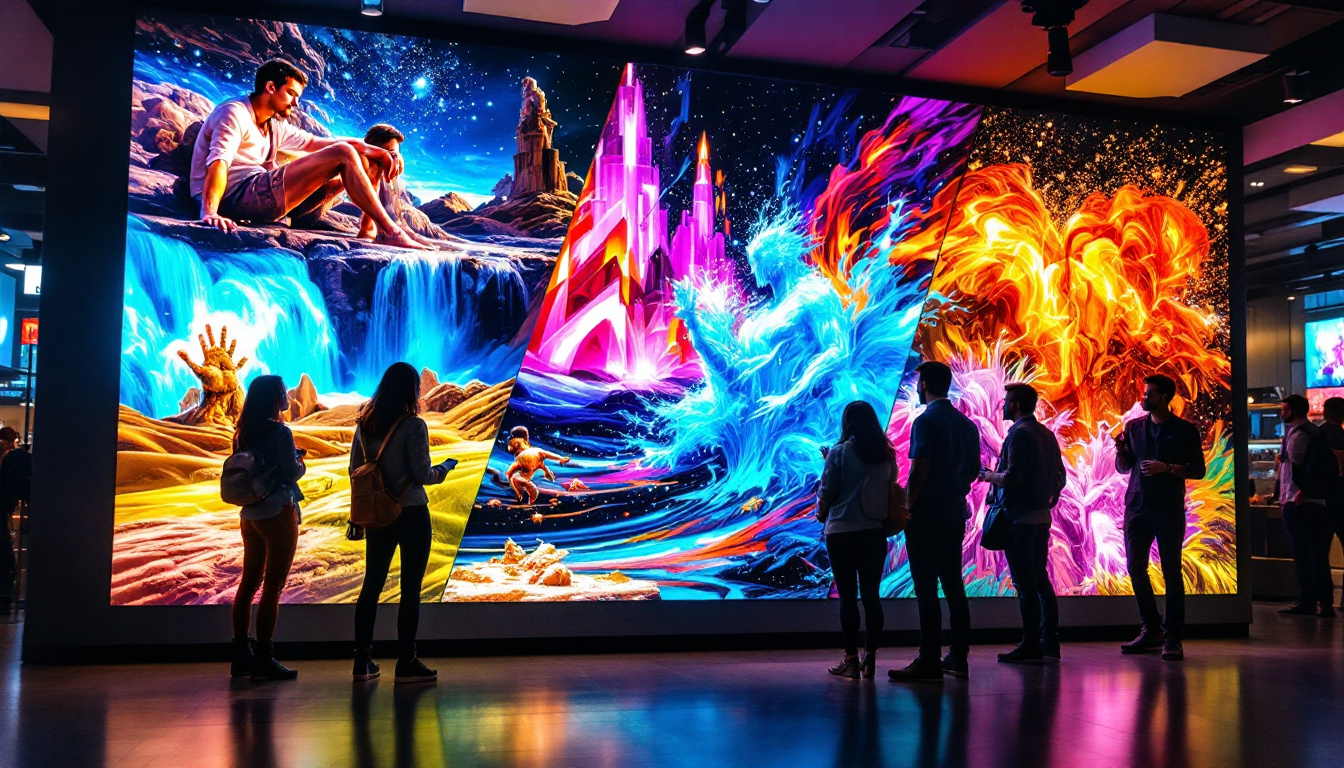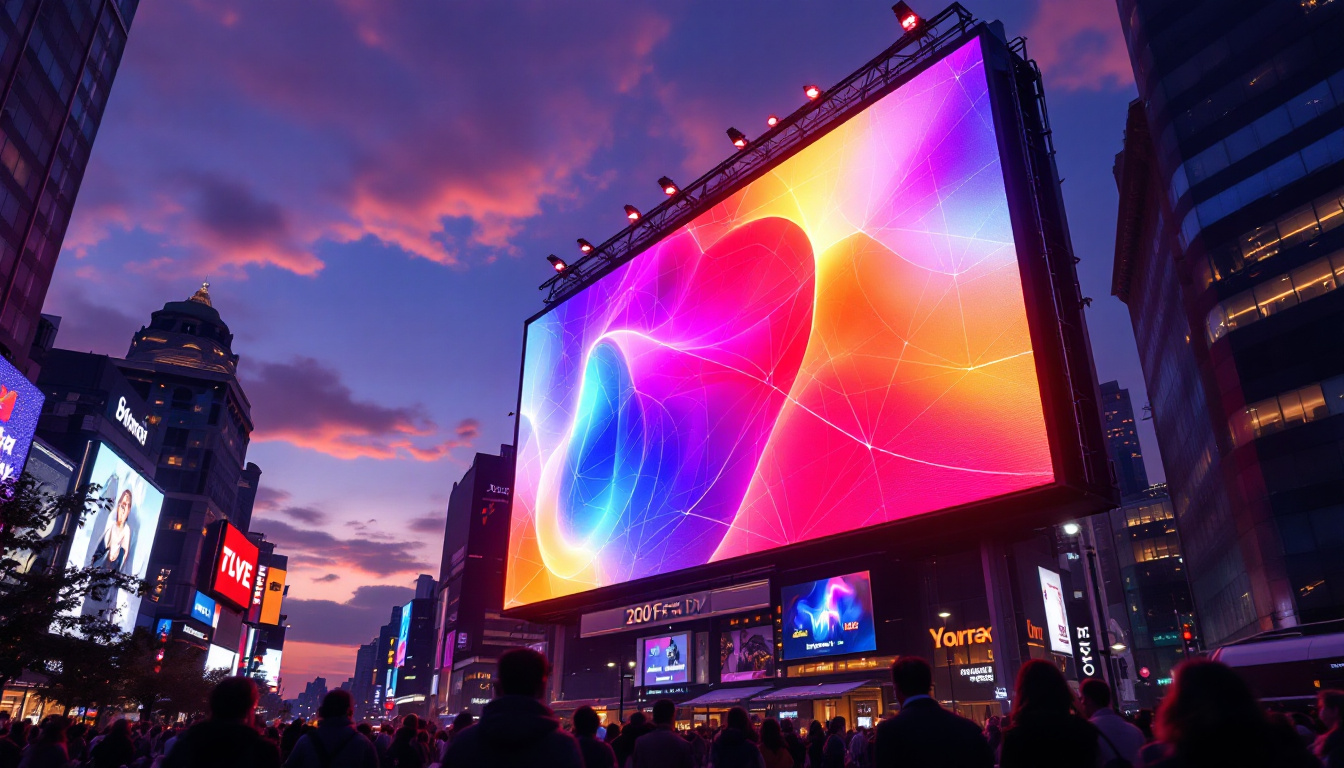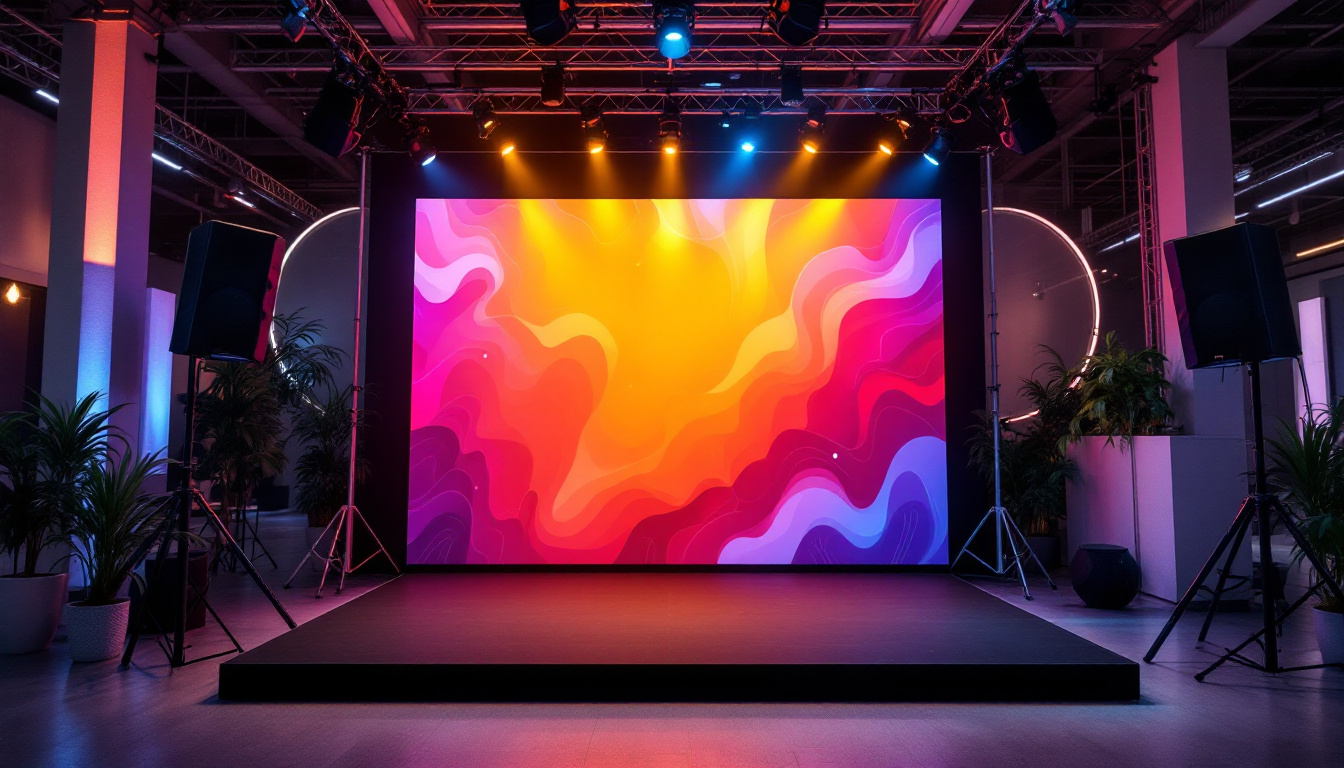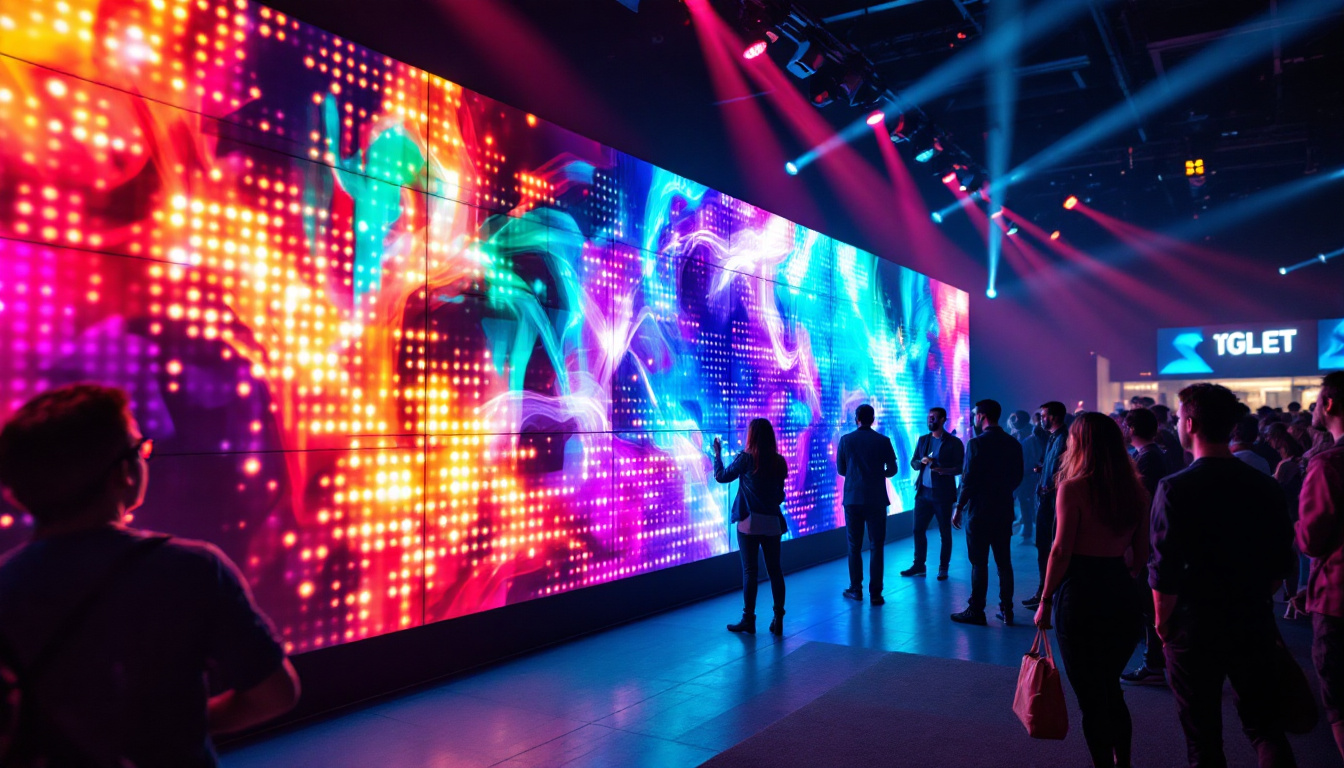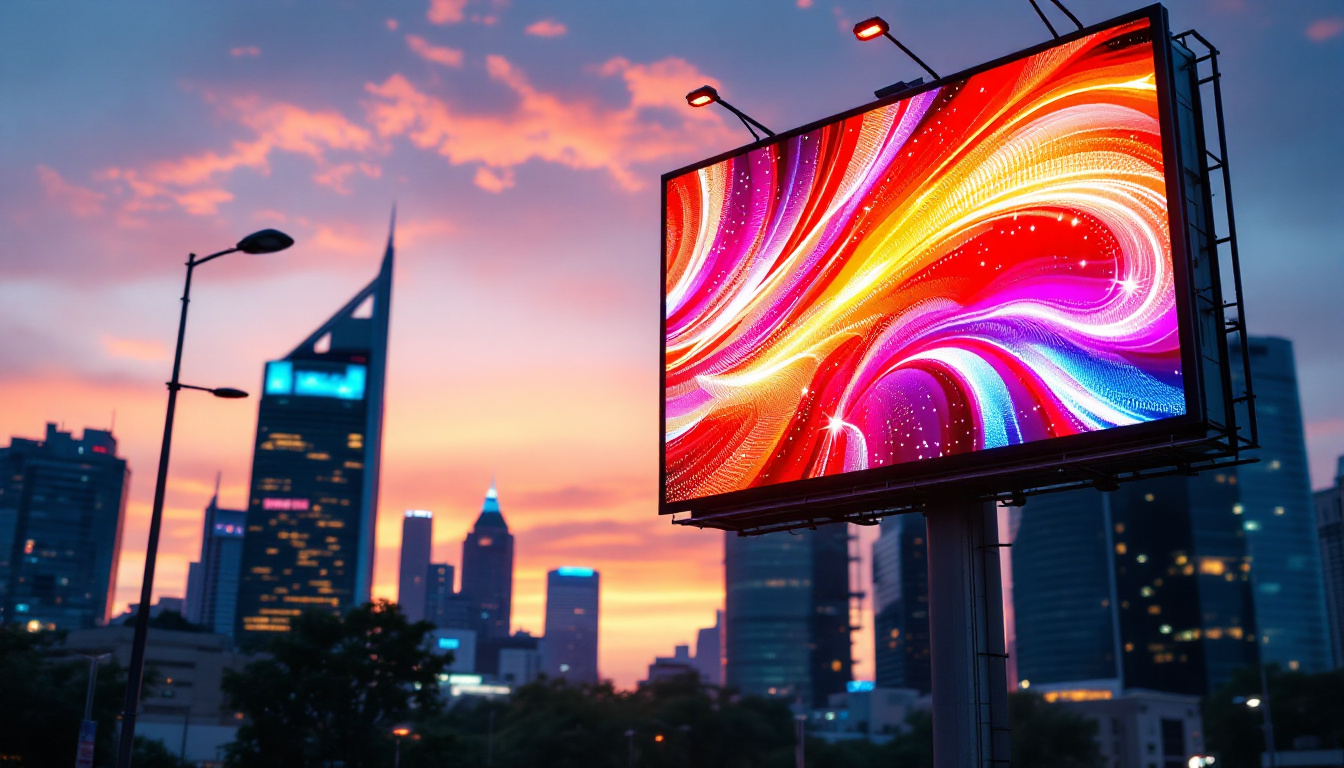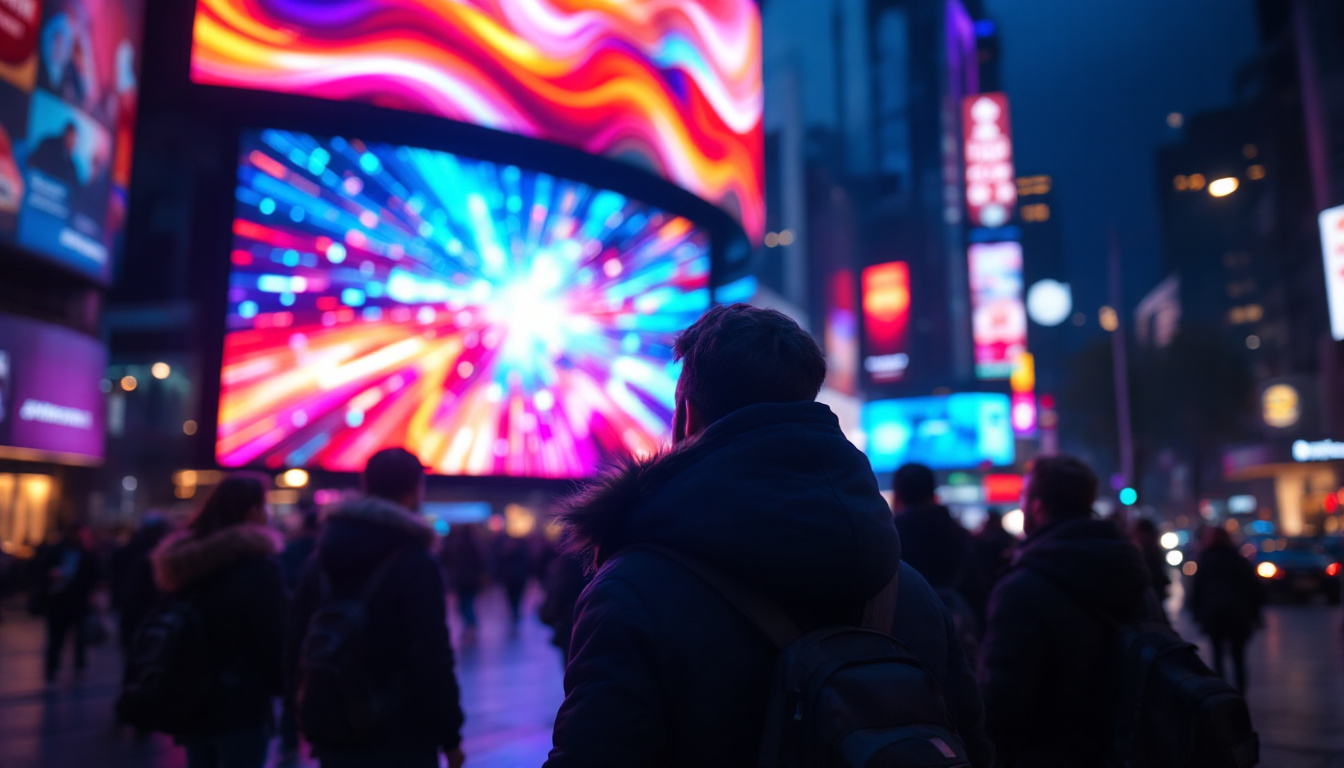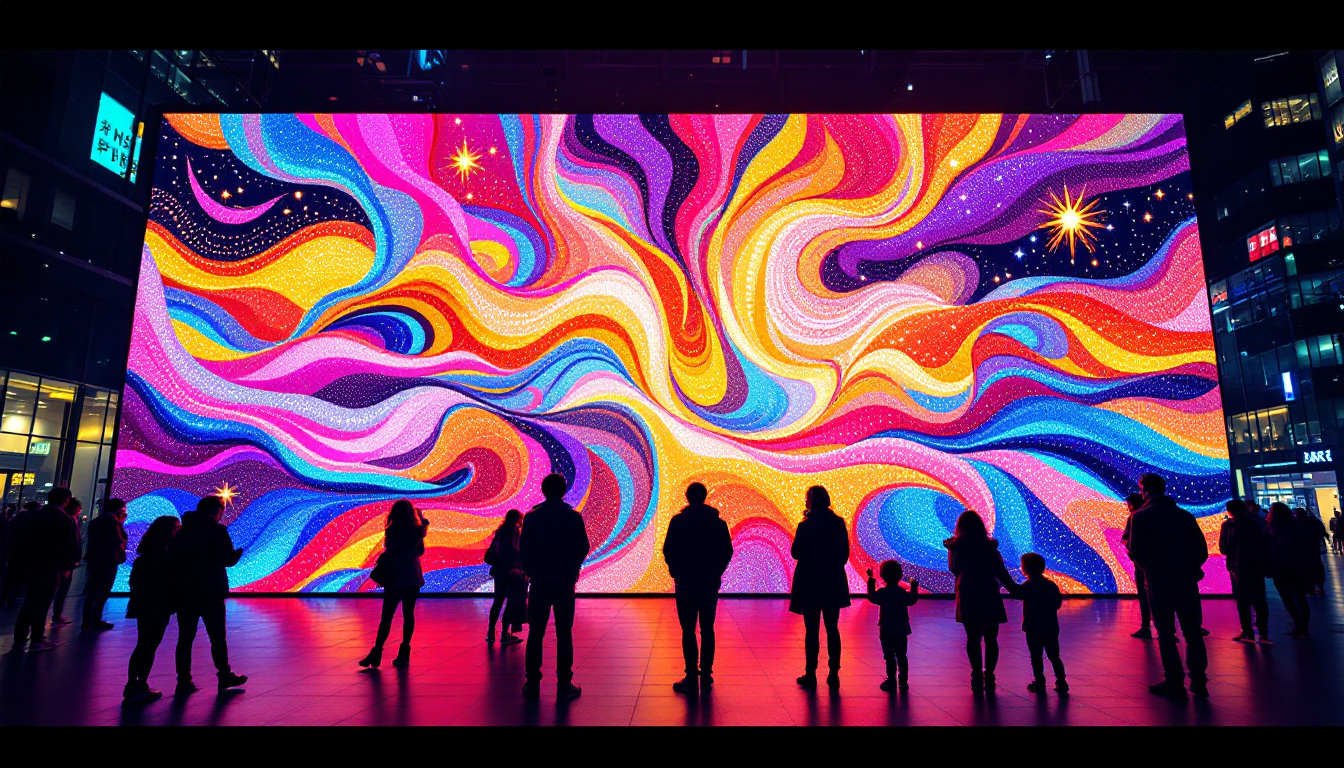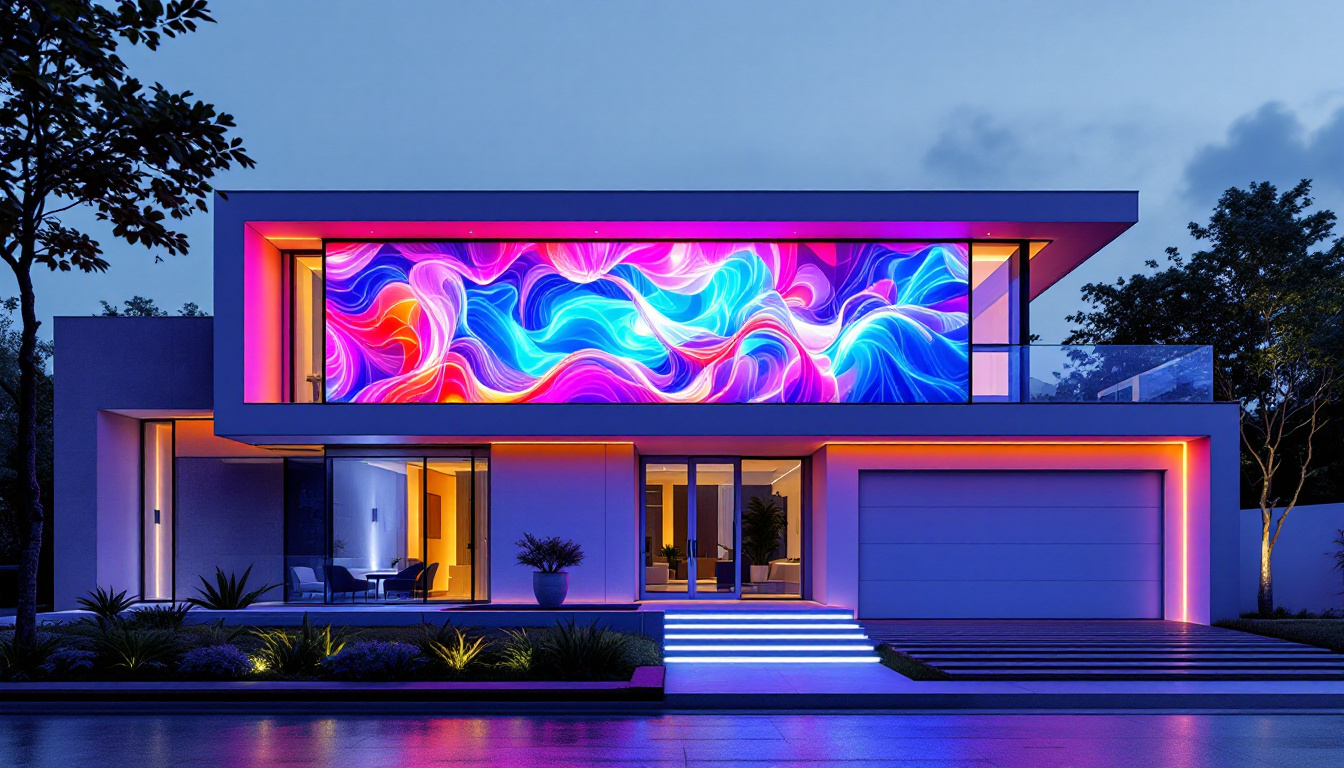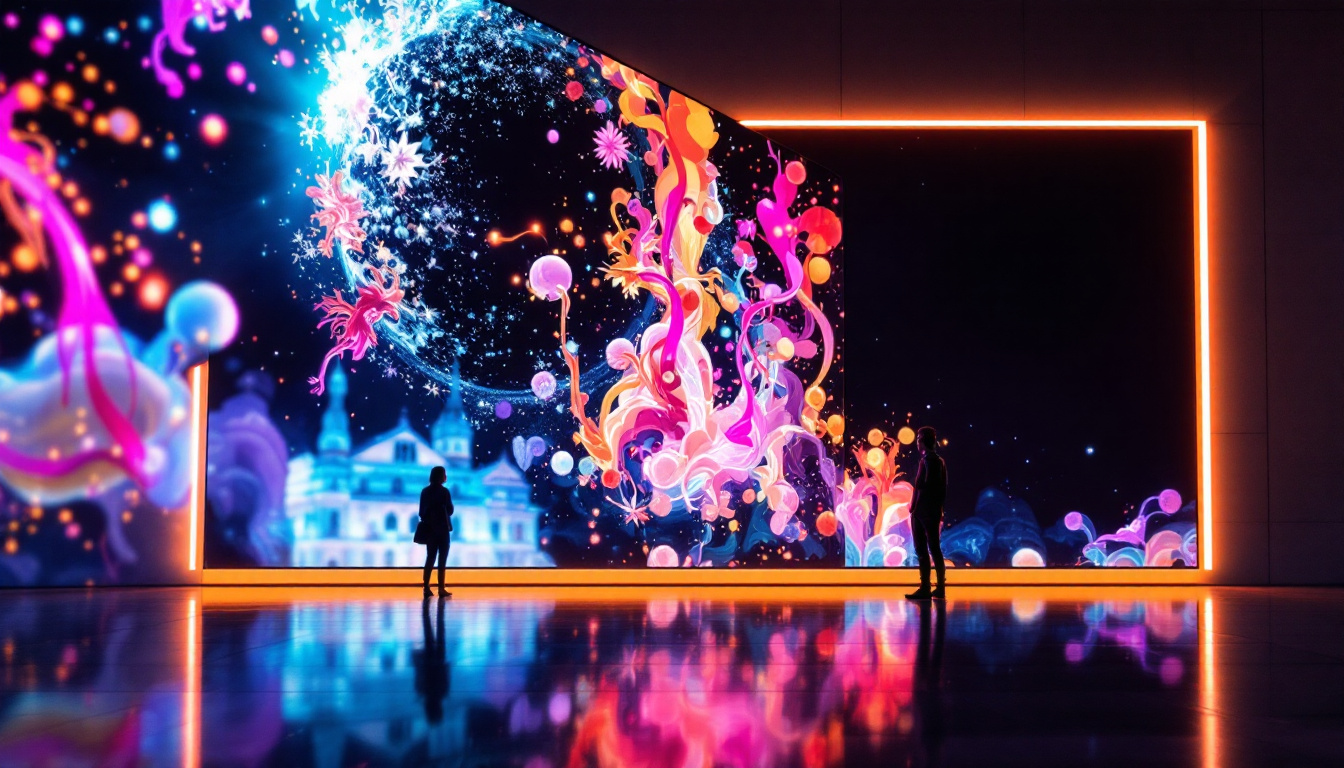Biggest TV Screen In The World: LED Display Explained
In the realm of visual entertainment, the quest for larger-than-life experiences has led to the creation of some astonishing technological feats. Among these, the biggest TV screen in the world stands as a testament to human ingenuity and the relentless pursuit of immersive viewing experiences. This article delves into the details of the world’s largest LED display, exploring its specifications, significance, and the technology that powers it.
The Evolution of TV Screens
The journey of television screens has been nothing short of remarkable. From the early days of bulky cathode-ray tube (CRT) televisions to the sleek, flat-panel displays of today, the evolution has been driven by advancements in technology and consumer demand for better quality and larger sizes.
From CRT to Flat Panels
Initially, televisions were heavy and cumbersome, limited by the technology of the time. The transition to flat-panel displays marked a significant turning point, allowing for larger screens without the accompanying bulk. Technologies such as LCD, OLED, and LED have revolutionized the industry, providing sharper images, better color accuracy, and increased energy efficiency. The introduction of high-definition (HD) and later ultra-high-definition (UHD) formats further transformed the viewing experience, enabling audiences to enjoy movies and shows with stunning clarity and detail that was previously unimaginable.
The Rise of LED Technology
LED (Light Emitting Diode) technology has emerged as a game-changer in the television market. Unlike traditional LCD screens that use fluorescent backlighting, LED displays utilize tiny diodes to produce light. This innovation not only enhances brightness and contrast but also allows for thinner and lighter screens, paving the way for larger displays. Additionally, LED technology has enabled features such as local dimming, which improves black levels and overall picture quality by adjusting the brightness of specific areas of the screen. As a result, viewers can experience deeper blacks and more vibrant colors, making the visual experience more immersive than ever before.
Moreover, the integration of smart technology into LED TVs has transformed them into multifunctional devices. Modern televisions now come equipped with internet connectivity, allowing users to stream content from various platforms, access apps, and even control their smart home devices. This shift towards smart TVs has not only changed how we consume media but has also influenced the design and functionality of television screens, leading to innovations such as voice control and personalized viewing experiences. As technology continues to advance, the future of television screens promises even more exciting developments, including the potential for flexible displays and enhanced interactive features that could redefine our relationship with media consumption.
The Largest TV Screen in the World
As of now, the title of the largest TV screen in the world belongs to a massive LED display located in Saudi Arabia. This monumental screen is not just a technological marvel; it is a symbol of the future of entertainment and broadcasting.
Specifications and Features
The colossal screen measures an astounding 1,000 square meters, making it a centerpiece of the entertainment district in Riyadh. With a resolution that rivals that of high-definition televisions, this display offers viewers an unparalleled visual experience. The screen’s pixel density ensures that images are crystal clear, even from a distance.
Moreover, the screen is equipped with advanced features such as high dynamic range (HDR) capabilities, which enhance color and contrast, making visuals more lifelike. The integration of cutting-edge sound technology further elevates the viewing experience, creating an immersive environment that captivates audiences.
Location and Purpose
Situated in a bustling urban area, the largest TV screen serves multiple purposes. It is not only a platform for advertising but also a venue for live events, concerts, and public broadcasts. The screen’s strategic location ensures that it attracts a diverse audience, from locals to tourists, making it a focal point of entertainment in the city.
The screen plays a vital role in community engagement, providing a space for cultural events and celebrations. Its presence enhances the vibrancy of the area, drawing people together and fostering a sense of community.
The Technology Behind the Screen
The engineering behind such a massive display is intricate and fascinating. The technology that powers the largest TV screen in the world combines various components to deliver stunning visuals and sound.
LED Technology Explained
At its core, LED technology utilizes semiconductor materials to emit light. When an electric current passes through these materials, they produce light, which can be manipulated to create different colors. This process allows for the creation of vivid images and videos on the screen.
In large-scale displays, like the one in Riyadh, thousands of individual LED modules are assembled to form a cohesive screen. Each module contains numerous tiny LEDs, which work together to produce the desired image. This modular approach not only facilitates repairs and upgrades but also allows for flexibility in design and size.
Control Systems and Software
Managing a display of this magnitude requires sophisticated control systems and software. These systems ensure that the content displayed is synchronized, vibrant, and engaging. Advanced software allows for real-time updates, enabling operators to change advertisements, broadcast live events, or showcase artistic displays seamlessly.
Moreover, the integration of artificial intelligence (AI) enhances the functionality of the screen. AI algorithms can analyze viewer engagement and adjust content accordingly, ensuring that the display remains relevant and captivating.
The Impact of Large LED Displays
The advent of large LED displays has transformed the landscape of advertising, entertainment, and public engagement. Their impact extends beyond mere aesthetics, influencing various sectors in profound ways.
Advertising and Marketing
Large LED screens have become a powerful tool for advertisers. Their ability to capture attention with vibrant visuals and dynamic content makes them ideal for marketing campaigns. Brands leverage these displays to create memorable advertisements that resonate with audiences, driving engagement and sales.
Furthermore, the flexibility of digital content allows advertisers to tailor their messages based on the time of day, audience demographics, and current events, maximizing the effectiveness of their campaigns.
Entertainment and Events
In the realm of entertainment, large LED displays have revolutionized how events are experienced. Concerts, sports games, and festivals utilize these screens to enhance the audience’s experience, providing close-up views and immersive visuals that elevate the overall atmosphere.
Moreover, the ability to broadcast live events to large crowds ensures that everyone in attendance can enjoy the experience, regardless of their location within the venue. This inclusivity fosters a sense of community and shared excitement among attendees.
Challenges and Considerations
Despite the numerous advantages of large LED displays, there are challenges and considerations that come with their implementation. Addressing these issues is crucial for maximizing their potential.
Cost and Maintenance
The initial investment in large LED displays can be substantial. The cost of materials, installation, and ongoing maintenance can pose challenges for many organizations. However, the long-term benefits often outweigh these costs, as the screens can generate significant revenue through advertising and event hosting.
Regular maintenance is essential to ensure optimal performance. Dust, weather conditions, and wear and tear can affect the display’s functionality. Therefore, investing in a reliable maintenance plan is crucial for longevity and performance.
Environmental Impact
As with any technological advancement, the environmental impact of large LED displays must be considered. The production of LED screens involves the use of materials that can be harmful if not disposed of properly. Additionally, the energy consumption of these displays can contribute to carbon emissions.
However, advancements in energy efficiency and recycling programs are helping to mitigate these concerns. Many manufacturers are now prioritizing sustainable practices, ensuring that large LED displays can be enjoyed without compromising the environment.
The Future of LED Displays
The future of LED displays looks promising, with continuous advancements in technology and design. As consumer preferences evolve, manufacturers are exploring new ways to enhance the viewing experience.
Innovations on the Horizon
Emerging technologies, such as microLED and flexible displays, are set to redefine the possibilities of screen size and quality. MicroLED technology offers even higher resolution and brightness levels, while flexible displays can be shaped to fit various environments, opening up new avenues for creativity in design.
Additionally, the integration of augmented reality (AR) and virtual reality (VR) with LED displays may revolutionize how content is consumed, creating immersive experiences that blur the lines between the digital and physical worlds.
Expanding Applications
Beyond entertainment and advertising, large LED displays are finding applications in various sectors, including education, healthcare, and transportation. In educational settings, they can be used for interactive learning experiences, while in healthcare, they can display vital information in real-time.
Transportation hubs are also adopting large displays to provide travelers with real-time updates and information, enhancing the overall travel experience. As technology continues to evolve, the potential applications for large LED displays are virtually limitless.
Conclusion
The biggest TV screen in the world is more than just a technological marvel; it represents the pinnacle of innovation in the entertainment industry. As LED technology continues to advance, the possibilities for larger, more immersive displays are expanding rapidly.
From transforming advertising and entertainment to influencing how communities engage with one another, large LED displays are reshaping our visual landscape. As we look to the future, it is clear that these screens will play an integral role in our daily lives, offering experiences that are not only captivating but also transformative.
Discover the Future of LED Displays with LumenMatrix
As you marvel at the possibilities of the world’s largest TV screens and the transformative power of LED technology, imagine what LumenMatrix can do for your space. Our innovative LED display solutions, from Indoor and Outdoor LED Wall Displays to specialized options like Vehicle LED Displays and Custom LED Displays, are designed to captivate and engage. Whether for advertising, live events, or unique visual experiences, LumenMatrix is at the forefront of the LED revolution. Check out LumenMatrix LED Display Solutions today and step into the future of visual communication.

